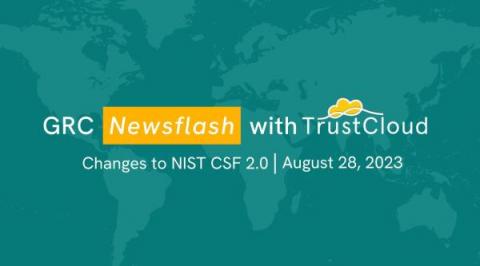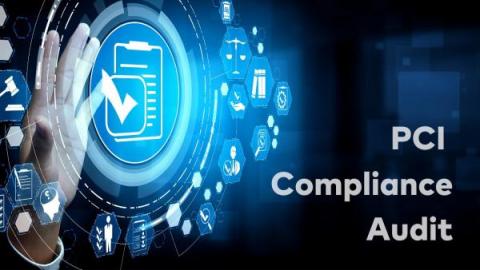Changes to NIST CSF 2.0: GRC Newsflash
At TrustCloud, we’re on a mission to democratize compliance, so we’re kicking off GRC Newsflash – a series where our experts give you a quick rundown on the latest buzz happening in the GRC, security, and privacy world. Today’s edition features our Compliance Specialist Frank Kyazze, and covers updates of the NIST Cybersecurity Framework 2.0, announced on August 8, 2023.










